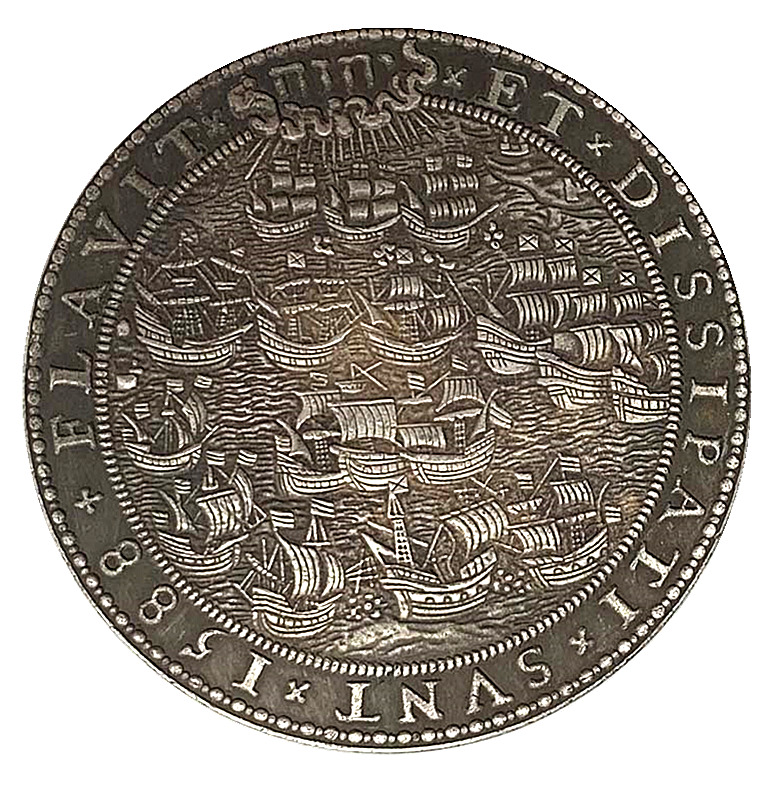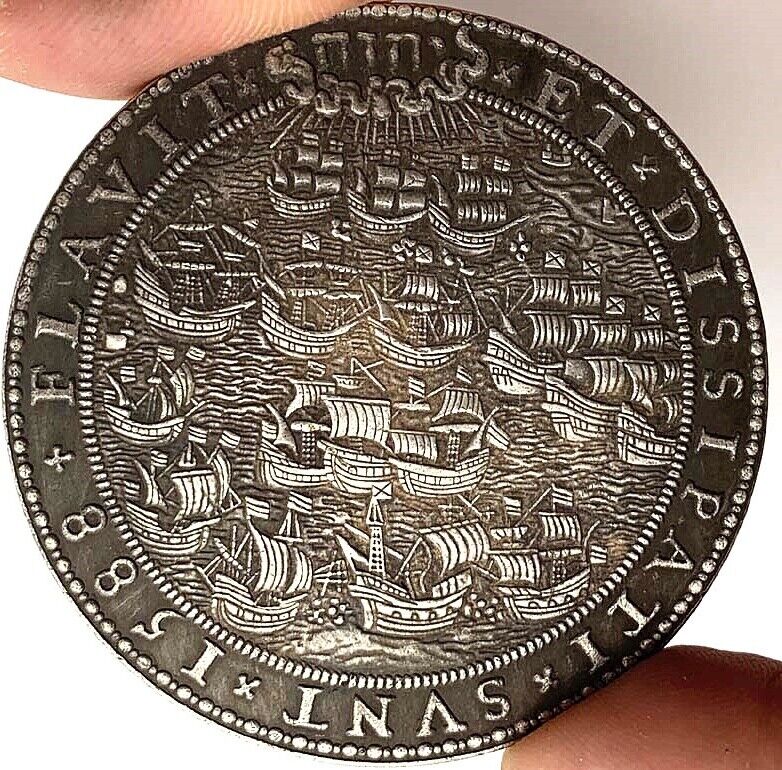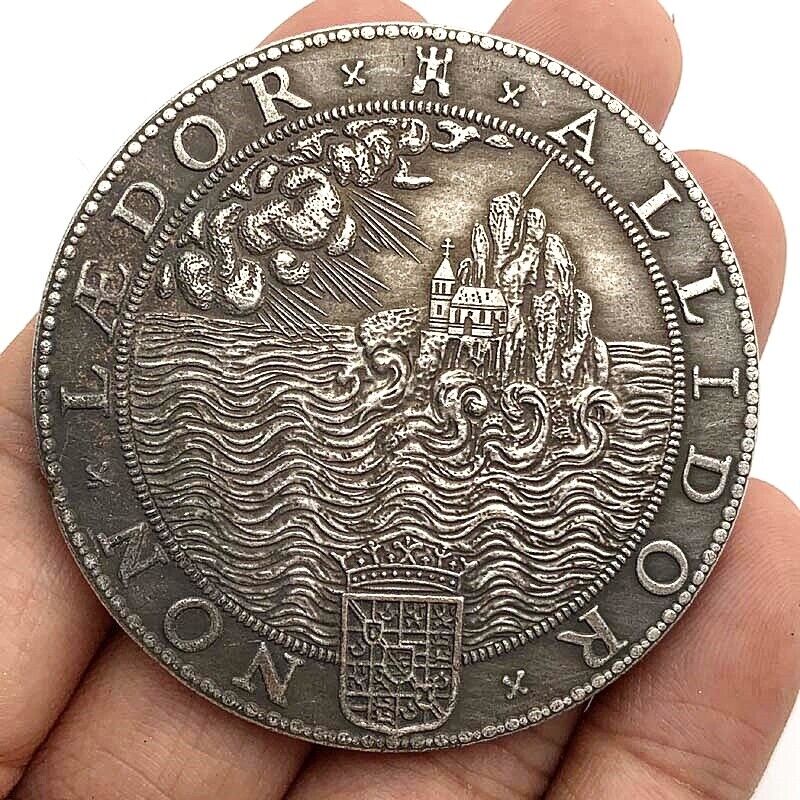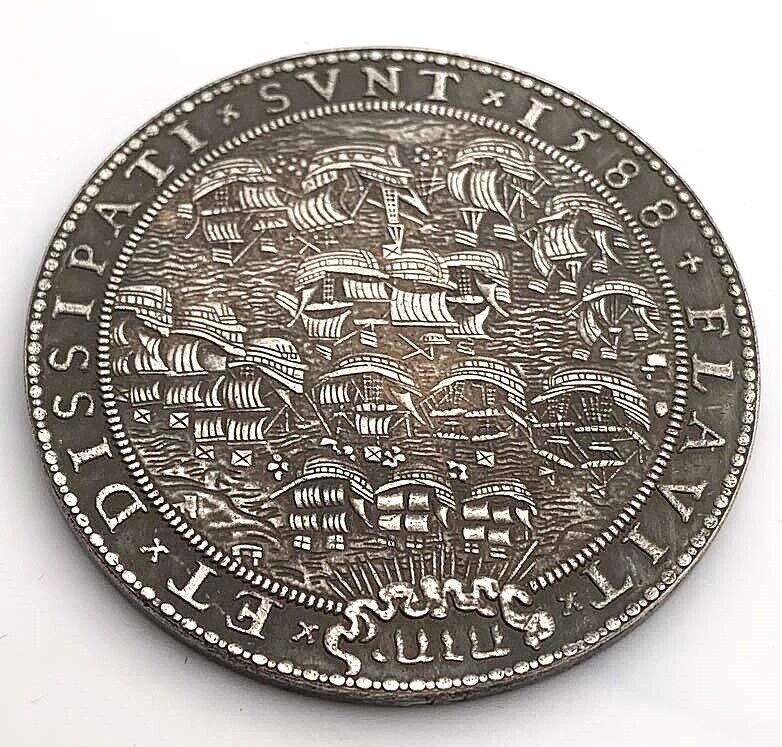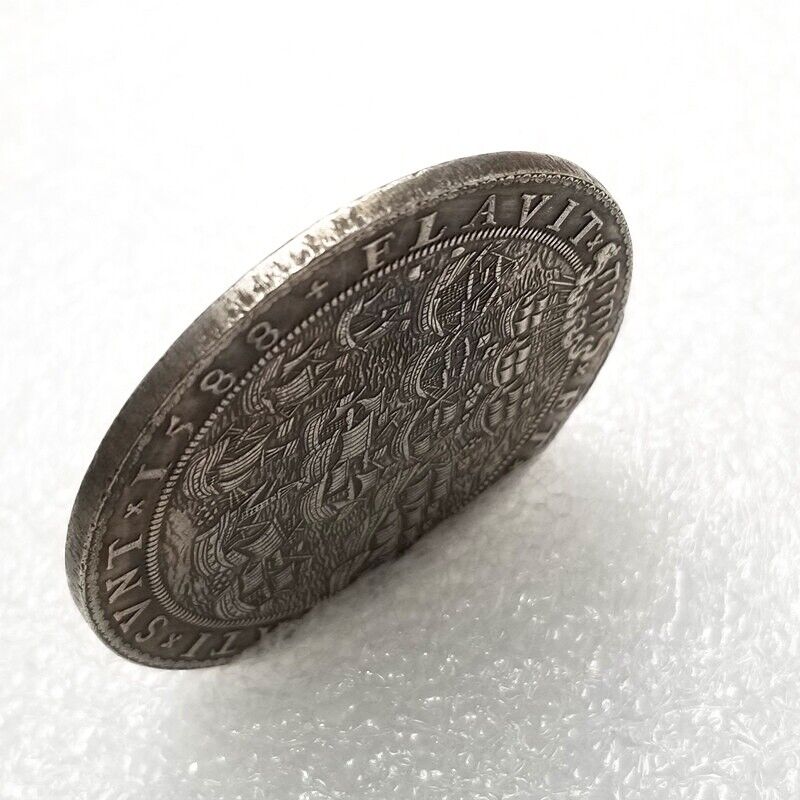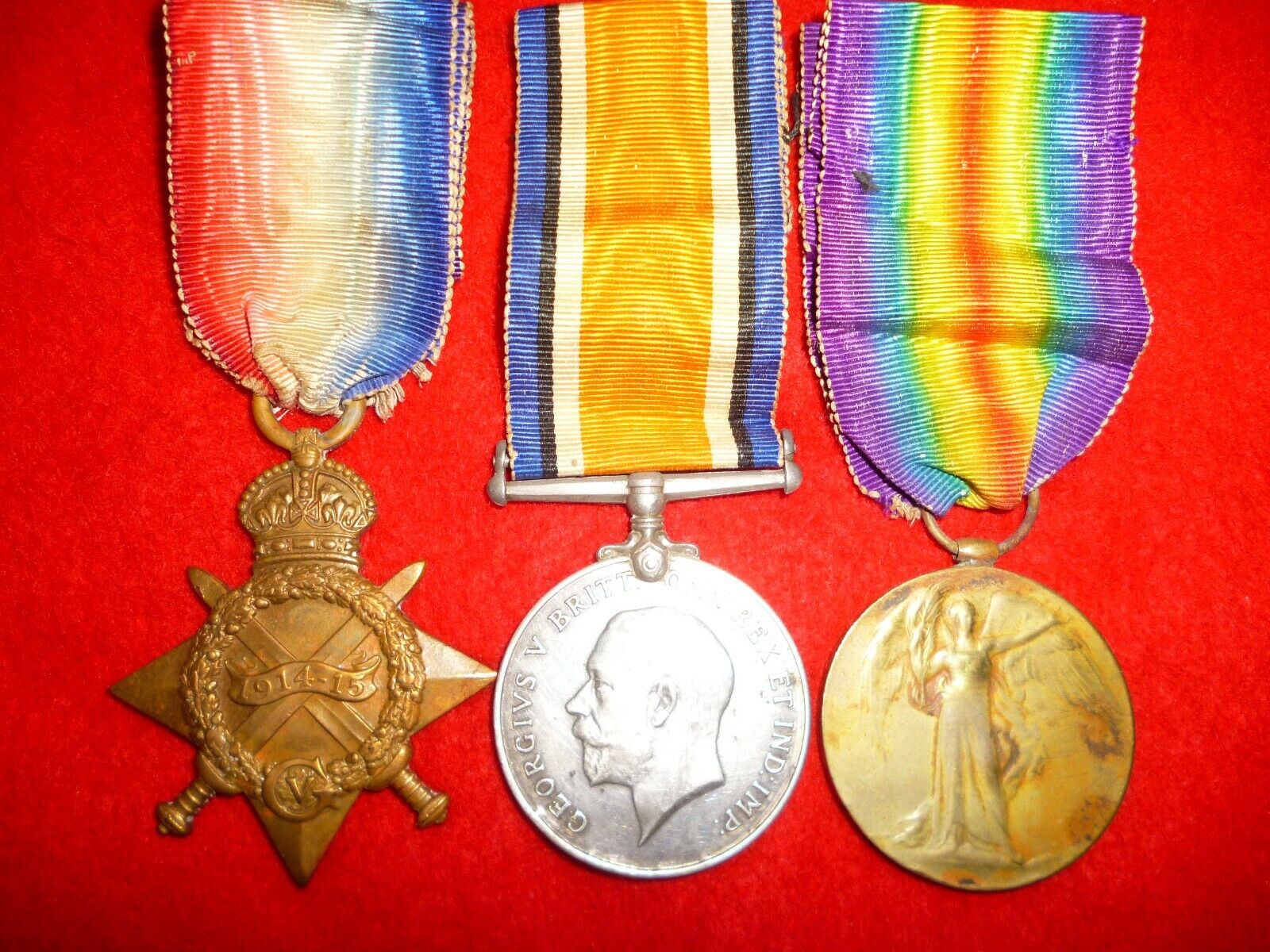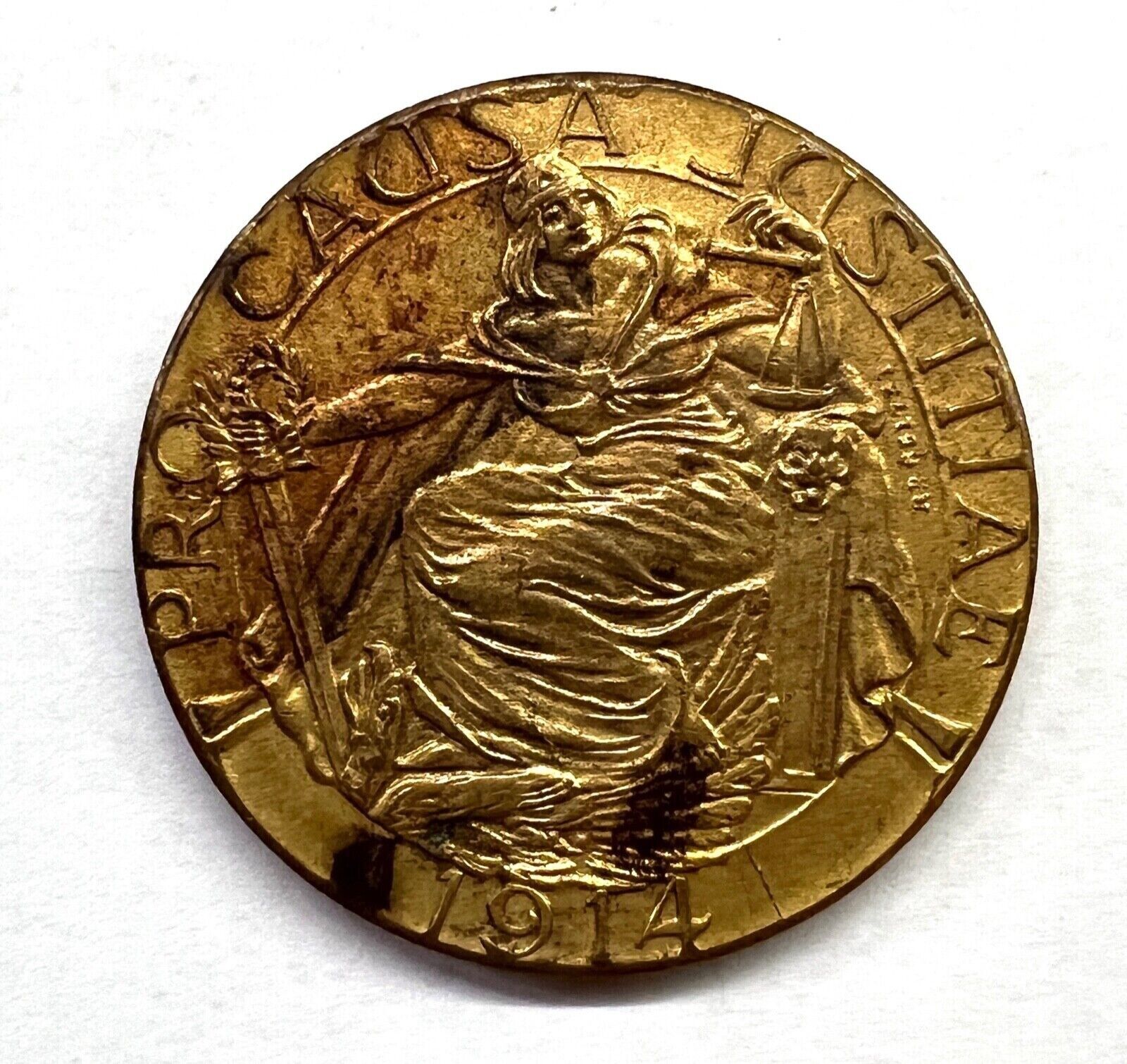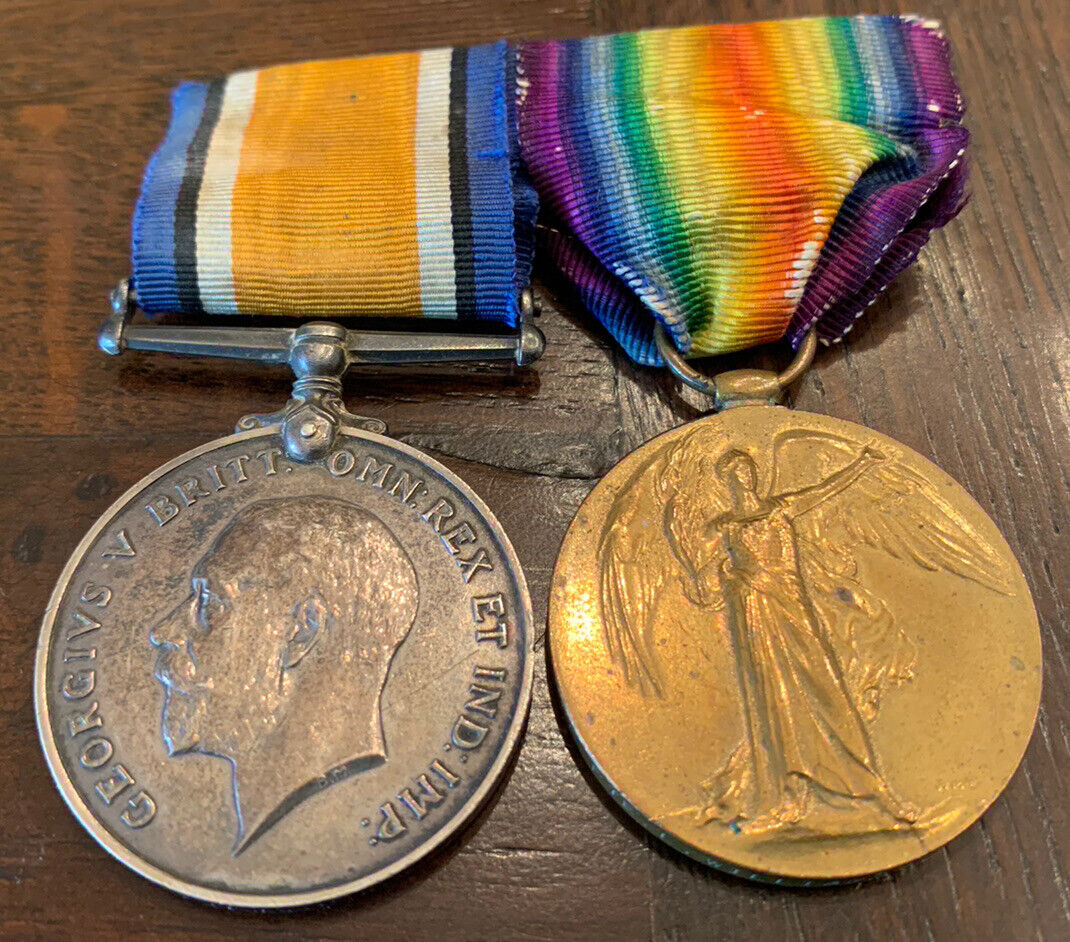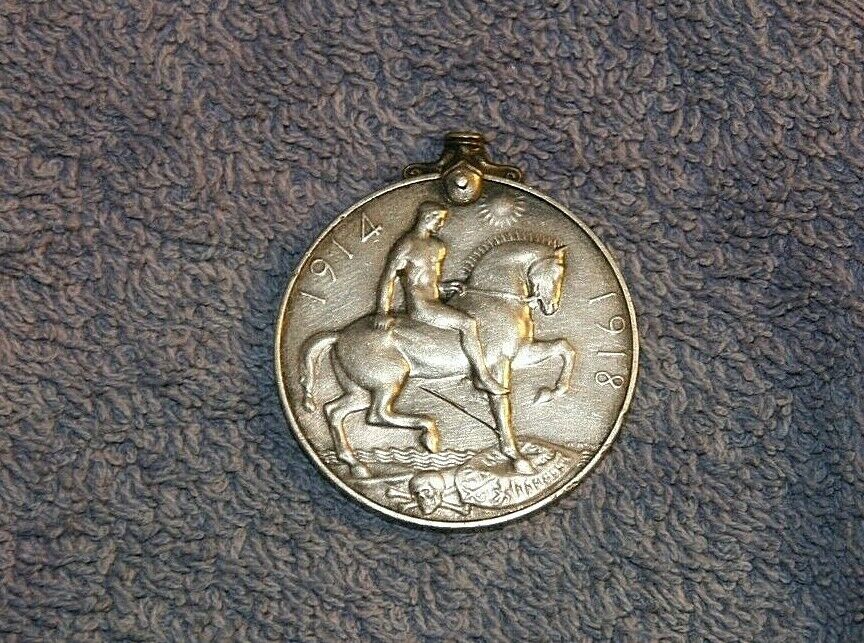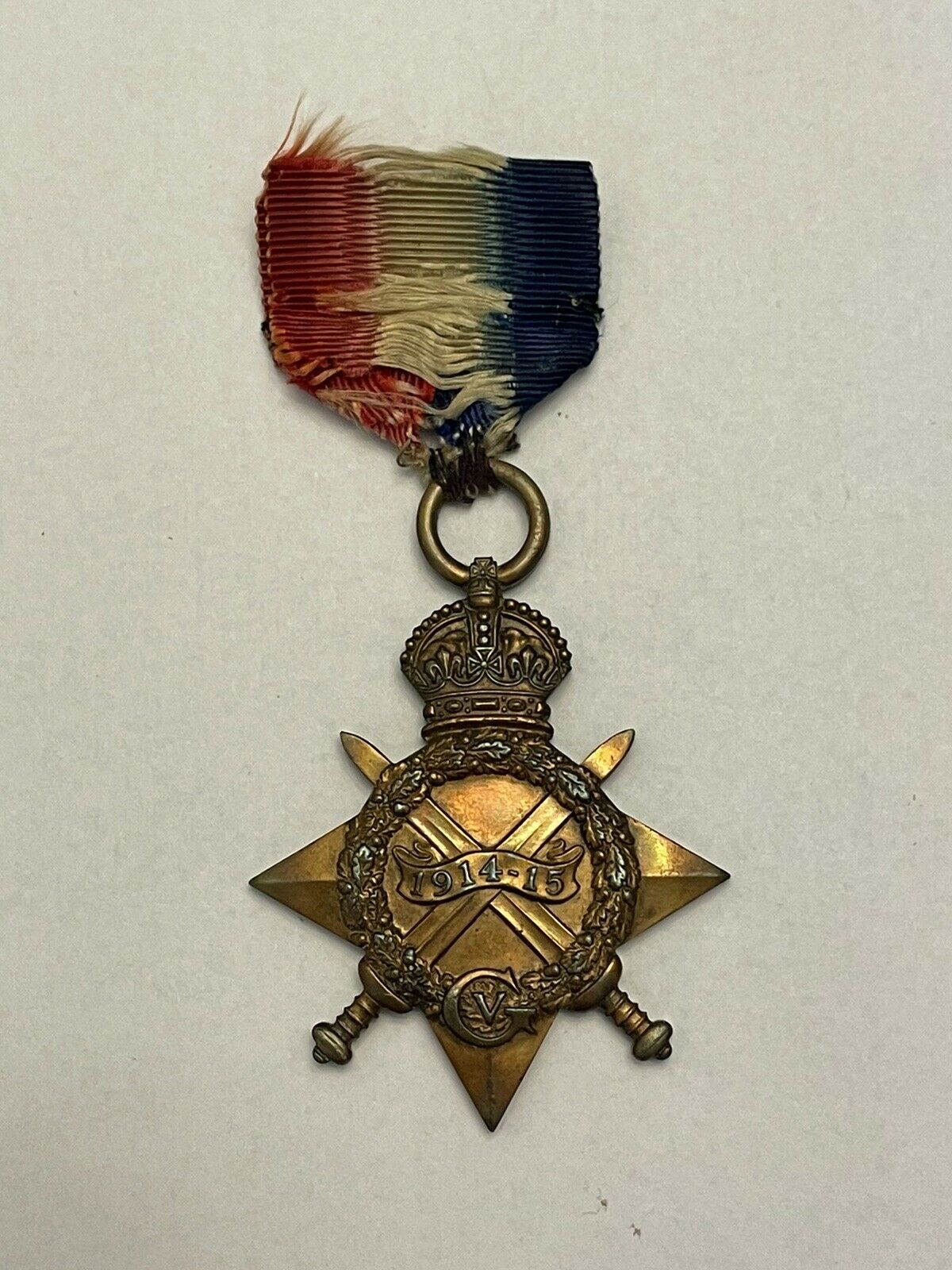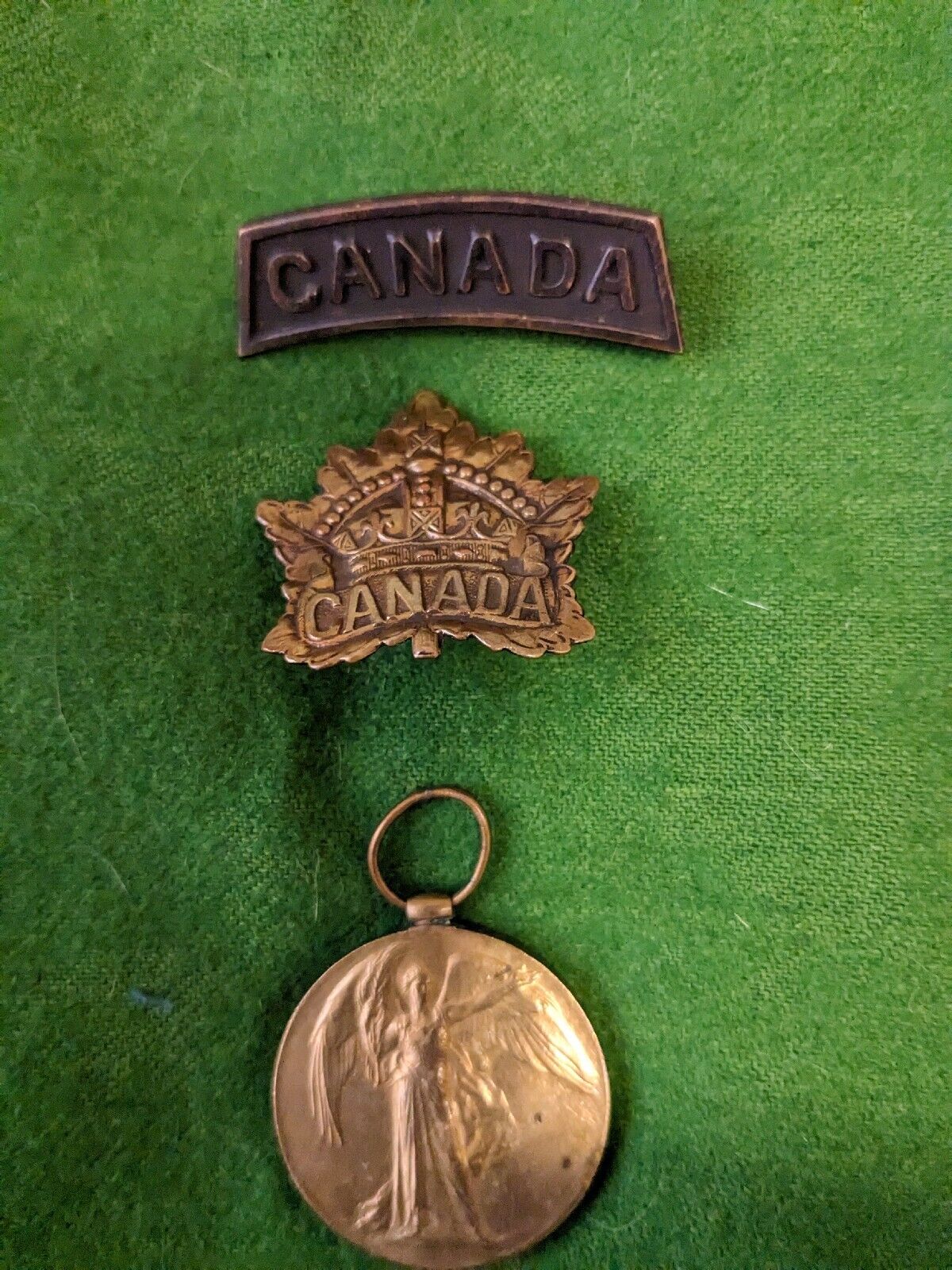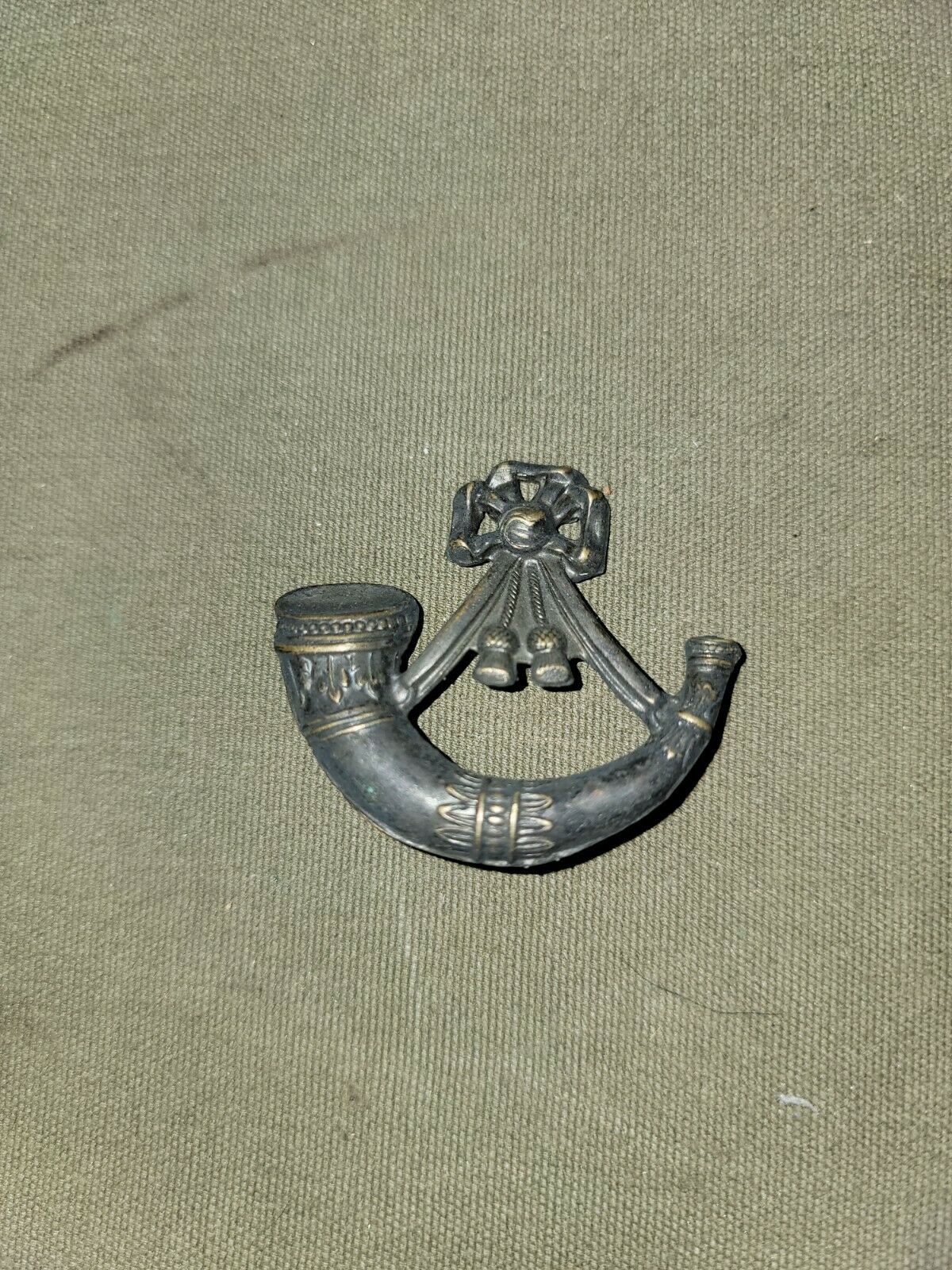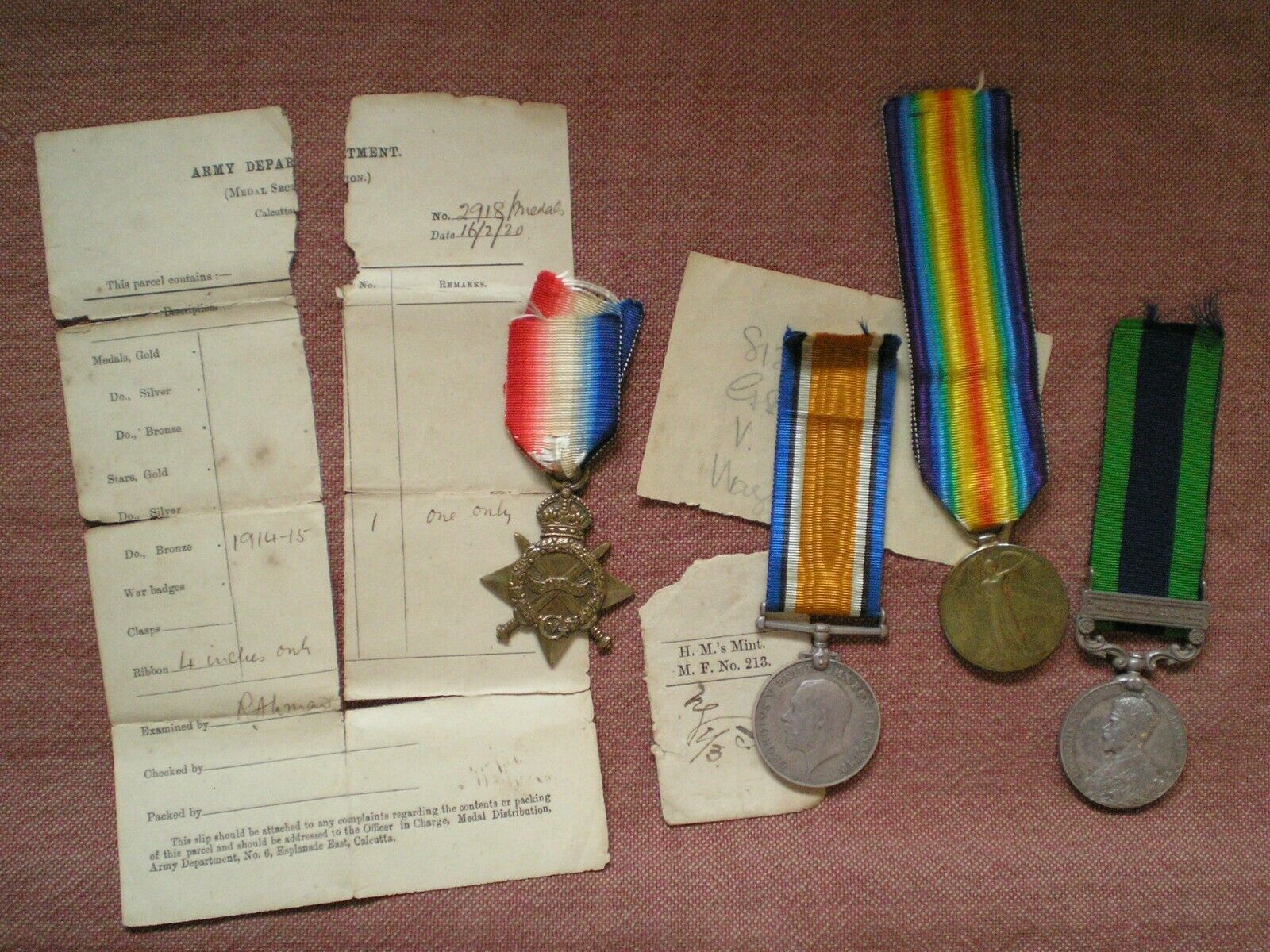-40%
Elizabeth I Defeat of the Spanish Armada Medal 1588 UK Medal Order Badge nice
$ 16.62
- Description
- Size Guide
Description
UK Medal Elizabeth I Defeat of the Spanish Armada Medal 1588 very niceMUSEUM R-e-p-r-o 1:1
Material: Brass silver plated
Diameter: 50.29 mm / 1.980 inches
Weight: 43.5 g
Info about the medal:
Elizabeth I, Defeat of the Spanish Armada, 1588, struck at Mildenburg in the Netherlands, the Spanish fleet dispersed, above in the clouds the name of Jehovah in Hebrew, FLAVIT ET DISSIPATI SVNT 1588 (HE BLEW AND THEY WERE SCATTERED), rev., a Church founded on a rock, amid tempestous waves, the arms of Prince Maurice crowned below, ALLIDOR NON LAEDOR (I AM ASSAILED NOT INJURED)
The Spanish Armada (Spanish: Grande y Felicísima Armada, lit. 'Great and Most Fortunate Navy') was a Spanish fleet of 130 ships that sailed from Lisbon in late May 1588 under the command of the Duke of Medina Sidonia, with the purpose of escorting an army from Flanders to invade England. Medina Sidonia was an aristocrat without naval command experience but was made commander by King Philip II. The aim was to overthrow Queen Elizabeth I and her establishment of Protestantism in England, to stop English interference in the Spanish Netherlands, and to stop the harm caused by English and Dutch privateering ships that disrupted Spanish interests in the Americas.
English ships sailed from Plymouth to attack the Armada. They were faster and more manoeuvrable than the larger Spanish galleons, enabling them to fire on the Armada without loss as the Armada sailed east off the south coast of England. The Armada could have anchored in The Solent between the Isle of Wight and the English mainland and occupied the Isle of Wight, but Medina Sidonia was under orders from King Philip II to meet up with Alexander Farnese, Duke of Parma's forces in the Netherlands so England could be invaded by Parma's soldiers and other soldiers carried in ships of the Armada. English guns damaged the Armada, and a Spanish ship was captured by Sir Francis Drake in the English Channel.[citation needed]
The Armada anchored off Calais.[18] While awaiting communications from the Duke of Parma, the Armada was scattered by an English fireship night attack and abandoned its rendezvous with Parma's army, that was blockaded in harbour by Dutch flyboats. In the ensuing Battle of Gravelines, the Spanish fleet was further damaged and was in risk of running aground on the Dutch coast when the wind changed. The Armada, driven by southwest winds, withdrew north, with the English fleet harrying it up the east coast of England. As the Armada returned to Spain around Scotland and Ireland, it was disrupted further by storms. Many ships were wrecked on the coasts of Scotland and Ireland, and more than a third of the initial 130 ships failed to return to Spain.[19] As historians Martin and Parker explain, "Philip II attempted to invade England, but his plans miscarried. This was due to his own mismanagement, including the appointment of an aristocrat without naval experience as commander of the Armada, but also to unfortunate weather, and the opposition of the English and their Dutch allies, which included the use of fireships sailed into the anchored Armada."[20]
The expedition was the largest engagement of the undeclared Anglo-Spanish War. The following year, England organised a similar large-scale campaign against Spain, the English Armada, sometimes called the "counter-Armada of 1589", which was also unsuccessful.[21]
Will be shipped with Ebay official express, safe and fast!
Tmedals-com
- We sell it, you love it - 100% Feedback Seller since 2012!

